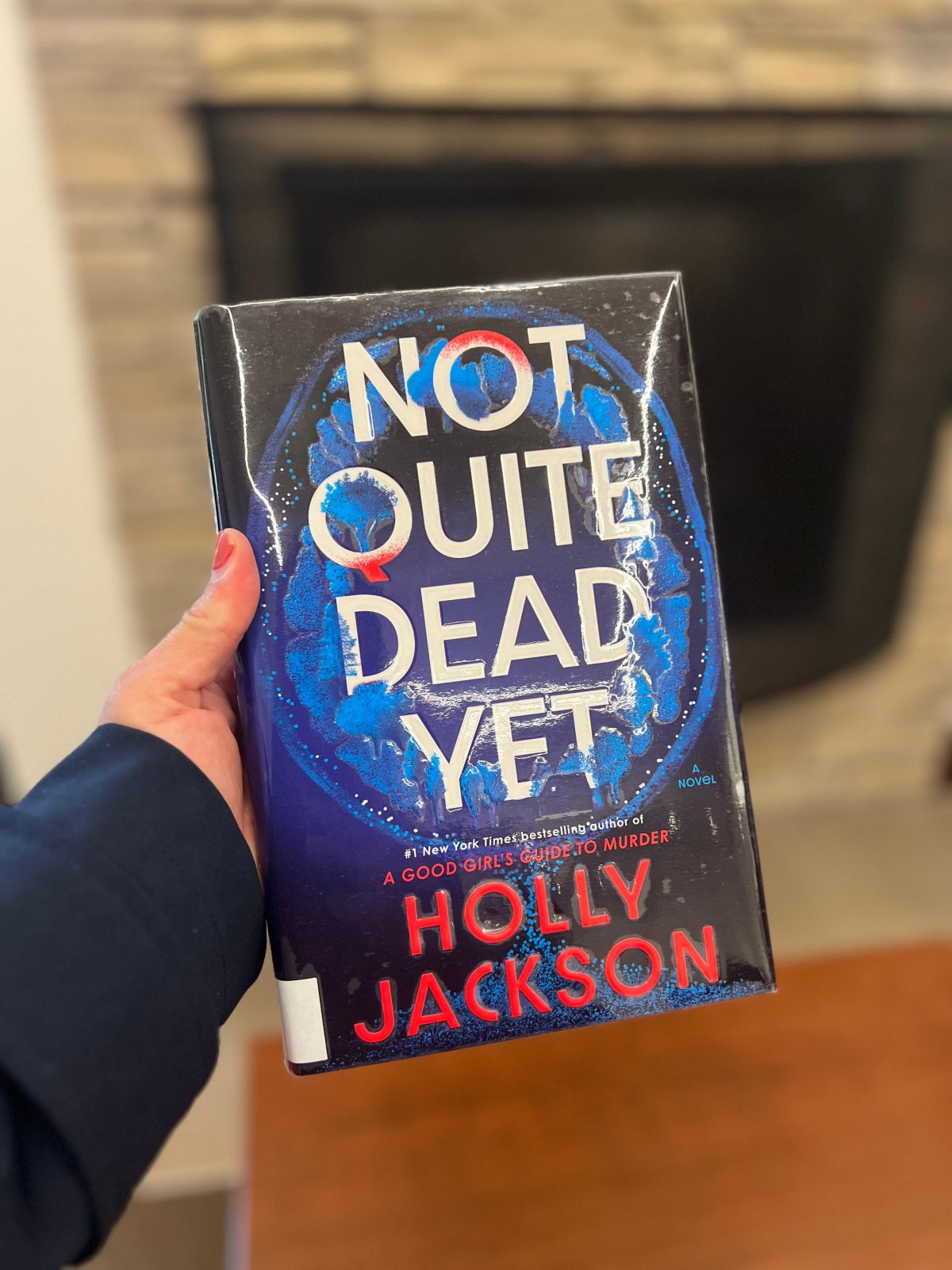
Not Quite Dead Yet
In Not Quite Dead Yet, Jet Mason wakes up from a brutal Halloween night attack with a fractured skull and only one week to live—unless she undergoes a risky surgery. Instead, 27-year-old Jet refuses the operation, choosing to spend her remaining days unraveling the mystery of her own assault. Set in quaint Woodstock, Vermont, Jet’s journey exposes dark family secrets, small-town tensions, and the corrosive effects of privilege.
Buy the book: Not Quite Dead Yet
Book Summary - Spoilers alert
Margaret “Jet” Mason, recently back living with her parents in Woodstock, Vermont after leaving college, attends her family’s annual Halloween Fair. The Masons, who run a successful construction company, are wealthy but also resented by townspeople for their role in local gentrification.
At the fair, Jet crosses paths with her ex, JJ, who awkwardly tries to revisit their breakup, and Andrew Smith, a bitter drunk who blames her family for past grievances. When Andrew becomes aggressive, local officer Jack Finney and his son Billy step in. Shaken, Jet heads home alone—only to be ambushed inside her house, struck repeatedly on the head, and left unconscious.
She wakes in the hospital with catastrophic injuries. Doctors explain that without risky surgery (with only a slim chance of survival), she has less than a week before an aneurysm kills her. Against her mother’s pleas, Jet refuses the operation. Instead, she vows to use her final days to discover who attacked her.
Investigating alongside Detective Ecker and Jack Finney, Jet learns her assailant slipped in through the back door, stole the weapon, and took her phone. Using her Apple Watch and Ring camera footage, she pieces together a timeline that casts suspicion on JJ, who sent her a cryptic “Sorry” text and has since vanished. But the camera footage also shows strange visits from Sophia, her brother Luke’s wife, on the day of the assault.
Jet turns to Billy, her childhood friend, for help. As they reconnect, they dig into suspicious leads—discovering wigs, synthetic hair, and possible connections to Andrew, who harbors a grudge tied to a decades-old tragedy: the drowning of Jet’s sister, Emily. That death devastated Andrew’s daughter, Nina, and left scars that fester into present-day hostility.
Their search takes them to River Street and one of Luke’s building sites, where they unearth Jet’s phone and the missing hammer used in the attack. The deeper Jet and Billy dig, the more they uncover about her family’s corruption: fraudulent payroll, fake invoices, and Sophia’s tampering with Scott Mason’s medication. Confrontations escalate—Sophia admits she tried to manipulate Scott’s health, while Luke grows increasingly volatile when his inheritance and secrets are threatened.
Pieces of the past resurface. Old notes suggest someone in the Mason family was already “wet” before Emily’s drowning, and Luke emerges as a possible culprit. Jet pushes him and uncovers his involvement, though the identity of his real father clouds the full truth.
But betrayal strikes closer than expected. At Billy’s apartment, Jet discovers his toolset missing the same type of hammer used in her attack, leading her to suspect him—though she dies mid-accusation when her aneurysm ruptures. With her last breath, she insists she knows Billy is innocent.
Days later, Billy unravels the truth: his father, Jack Finney, had attacked Jet with Billy’s hammer. Jack confesses, bitter over his broken affair with Jet’s mother and desperate to cover up both the family fraud and the revelation that Luke is his illegitimate son. The confrontation ends violently—Luke guns down Jack, cementing the cycle of family betrayal and secrecy.
Fun Facts
This is Holly Jackson’s debut adult novel, transitioning from her celebrated YA thrillers.
The story is structured around a seven-day countdown, lending mounting urgency and suspense.
The intimate, claustrophobic portrayal of Woodstock typifies Jackson’s skill in making setting feel like a character itself.
Billy's Song - FOR HER
How It Relates to Her Other Work
Fans of Jackson’s YA series—A Good Girl’s Guide to Murder, Five Survive, The Reappearance of Rachel Price—will recognize her trademark pacing, sharp dialogue, and twisty plotting. Not Quite Dead Yet brings those strengths to adult fiction, offering darker tones and more mature themes while retaining her signature edge.
Drink Pairings
Pair the read with thematic drinks that match Jet’s fierce mindset and situation:

Black Russian Sunset

Spiced Apple Cider (Hot or Iced):

Ginger-Lime Mocktail:
Suggested Outfit for a Book Club Meeting
Channel Jet’s gritty resilience with smart casual:
Black leather jacket, skinny jeans, graphic tee with a nod to New England, and bold boots—practical, confident, and ready for anything.
25 Book Club Questions
How does Jet’s refusal of surgery define her character?
Is Jet reliable as a narrator—even when her mind falters?
What role does small-town dynamics play in cloaking or revealing truths?
How do themes of privilege and gentrification shape the story?
Who was your prime suspect—and did your theory shift?
Does humor undercut or deepen the novel’s emotional moments?
How does Jet’s family history (especially her deceased sister) affect her motivations?
What does Jet achieve in her final week beyond uncovering her attacker?
Compare the formal police investigation to Jet’s DIY detective work.
How does Billy’s loyalty impact Jet’s choices?
Which relationship had the most emotional weight—mother, sister-in-law, ex, friend?
How does the novel explore mortality through a lens of privilege?
Did any clue feel shoehorned—or brilliantly placed?
How do you feel about the ending’s emotional tone?
What sacrifice or act of courage stood out to you?
How does Jackson’s pacing balance introspection and action?
Which minor character deserves a spinoff?
If Jet had more time, what would you have liked her to do next?
How might the story change if Jet had chosen surgery?
What scene made you gasp—or hold your breath?
How does the title capture the novel’s essence?
What modern thriller would you pair this book with?
Would you cast Jet and Billy in a TV adaptation—who fits the roles?
Does the story leave lingering questions—what are they?
If you could ask Holly Jackson anything about this novel, what would it be?
Games & Trivia
1. “Mason Mystery Timeline”Create cards with key events—attack, clue discovery, confrontation, flashbacks—and have groups reorder them chronologically.
2. “Suspect Spotlight”
Players pick a suspect (e.g., Sophia, JJ, Luke) and describe their motives in one sentence. Others guess who it is.
3. “Truth or Red Herring?”
Present scenarios from the book; guess if they’re real or invented.
4. “Lines We Love”
Pick your favorite Jet quote or moment and share why it resonates.
Character Descriptions
Margaret “Jet” Mason is the protagonist of the novel Not Quite Dead Yet. A 27-year-old law school dropout living back at her parents’ home, Jet’s life takes a drastic turn when she is attacked on Halloween, leaving her with a traumatic brain injury and only a week to live. The central plot revolves around her desperate race to solve her own murder before she dies from a brain aneurysm.
Character Traits and Motivation
She uses dark humor as a coping mechanism for her impending death, often shocking those around her with blunt jokes. Her pursuit of the truth is relentless; she’s willing to commit crimes and mistreat others, such as berating a teenager, to get the information she needs. These actions highlight her intense need for closure and redemption for what she sees as an unfulfilling life.
At the beginning of the novel, Jet is defined by her lack of ambition and motivation, a trait underscored by her repeated belief that she has time to do everything “later.” This procrastination is a key motif, stemming from her struggle to live up to her deceased older sister, Emily, who is constantly presented as the “ideal” by their mother. Jet’s choices, including attending law school, were largely based on what she thought Emily would have done, leading to a profound sense of dissatisfaction and a fear of commitment.
Character Development
This character undergoes significant change, transforming from a character who constantly puts off living into one who learns to value the present. Initially, she views her life as a waiting period for when “life would really begin.” She sees her family and town as mere inconveniences until she can start the life she truly desires.
However, her relationship with Billy in her final days forces a profound shift in her perspective. Through their time together—eating fast food, watching him sing, and stargazing—Jet begins to appreciate the small, everyday moments. This change underscores the novel’s central theme: The Value of Living in the Present. Her final days are not only about the thrill of solving her murder but also about finding joy and meaning in the life she had once taken for granted.


Billy Finney is the secondary protagonist in Not Quite Dead Yet. He’s a loyal and committed friend who has lived his entire life in Woodstock, Vermont. As the son of a police sergeant, Billy works and lives above a local bar. He and Jet were childhood best friends, but they drifted apart when she left for college. When Jet is attacked, he volunteers to help her solve her own murder, putting his job and his own safety on the line.
Loyalty and Moral Complexity
Billy’s unwavering loyalty to Jet is rooted in a romantic attraction he’s had for her since childhood. Initially, he’s the moral compass of the story, hesitant to participate in Jet’s reckless investigation and only offering her a place to stay. However, as Jet’s quest for the truth leads her to make bolder decisions, Billy’s character begins to change.
His moral code is challenged by the corrupt actions of his neighbors and, most significantly, his own father. This internal conflict and eventual shift in his actions, culminating in him helping Jet break into a building and confronting his father with a gun, develops the novel’s theme of the connection between privilege and corruption. Billy learns that to uncover the truth, he can’t be bound by the same moral standards as those who are abusing their power and privilege.
Jack Finney, the police sergeant in Woodstock and Billy’s father, is initially presented as a supportive and caring figure. He’s a longtime neighbor to the Mason family and a paternal figure to Jet and her brother, Luke. From the beginning, he appears to be on Jet’s side, even using his position to help her investigation by sharing police information.
Character Development and Antagonism
In a major plot twist, Jack is revealed to be the novel’s main antagonist. He is exposed as Jet’s murderer and a man with a long history of corruption. Jack had a long-term affair with Jet’s mother, Dianne, and is secretly the biological father of Luke. This relationship led him to become overly protective of Luke, helping him cover up Emily’s death and later killing Jet to ensure Luke would inherit Mason Construction.
This betrayal re-frames Jack’s character, revealing him to be a multi-dimensional villain. His actions, driven by a misguided sense of paternal loyalty, highlight the theme of the connection between privilege and corruption. He uses his influence on the police force to protect his son and further his own interests. Ultimately, Jack’s story ends with an ironic twist: he is murdered by the very son he was trying to protect after Luke overhears his confession.
Luke Mason and Dianne Mason are two complex characters in Not Quite Dead Yet whose lives are deeply intertwined with the novel’s central themes of privilege, corruption, and the consequences of past actions.
Luke Mason
Luke is Jet’s older brother, a married man with a young child who believes he’s the rightful heir to Mason Construction. He works tirelessly to prove his worth, even resorting to invoice and employment fraud to keep the family business afloat. His moral ambiguity, fueled by his sense of privilege and entitlement, makes him a prime suspect in Jet’s murder.
Luke’s character is defined by his violent outbursts. One such outburst as a teenager led to the accidental death of his sister, Emily, after she revealed that their father, Scott, was not his biological father. His anger persists into adulthood; when he learns his father plans to sell the company, he violently punches his steering wheel. Despite Jet’s belief that he wouldn’t harm her, Luke commits several crimes, including covering up Emily’s death and later burning down the family business to hide his theft. Ultimately, Luke is a static character; he fails to learn from his past mistakes, culminating in him violently murdering Jack to solve his problems.
Dianne Mason
Dianne is Jet and Luke’s mother, and her family’s wealth makes her one of the most prominent figures in Woodstock. She is a secondary antagonist in the novel. Her past affair with Jack is a primary catalyst for Jet’s death, emphasizing the theme of reconciling with the past. Dianne’s attempt to bury her affair and her son’s true paternity leads to Jack’s long-held resentment, which ultimately drives him to murder Jet.
Throughout the novel, Dianne’s inability to confront her past—both her affair and Emily’s death—leaves her unhappy and creates ripple effects that harm those around her. As Jet writes in her final letter, Dianne constantly blames others for her problems, a “crutch” that ultimately holds her back. As a flat, minor character, Dianne’s fate is left largely unresolved, but the novel suggests she is left alone, having lost her daughter, her lover, and likely her son due to the violent consequences of her past actions.
Themes
In Not Quite Dead Yet, the author explores several key themes that drive the plot and shape the characters’ journeys. These include the importance of living in the present, the dangers of an unreconciled past, and the corrupting influence of privilege.
The Value of Living in the Present
The novel’s central theme is the importance of living in the present, a lesson Jet learns only when confronted with her own mortality. At the start of the story, Jet is deeply dissatisfied with her life, constantly looking toward a future where she will finally do “something big.” She has no job, no real goals, and despises her family and hometown. Even after her diagnosis, she remains fixated on her legacy, believing her murder investigation will be the one thing that gives her life meaning.
However, as her time runs out, Jet begins to change. A pivotal moment occurs when she simply walks around town with Billy and they lie in the grass, looking at the stars. For the first time, she is able to appreciate a simple moment for what it is, without a future goal in mind. In a conversation with Billy from jail, she realizes this shift: “I haven’t really been dying. I think, maybe, it’s the opposite. I’ve finally been living.” With Billy’s help, Jet learns that happiness isn’t found in a grand future but in the small, everyday moments. Although her ending is tragic, her journey highlights the novel’s message about the benefits of living in the now.
Reconciling with the Past
The novel also emphasizes the catastrophic consequences of failing to face the truth. As Jet’s investigation unfolds, her family’s long-buried secrets surface, each one contributing to her murder. The affair between her mother, Dianne, and Jack, which led to Luke’s true paternity, and Luke’s accidental killing of Emily, which Jack helped cover up, are all secrets that festered for years. These lies created a tangled web of resentment and violence that culminated in Jack murdering Jet to protect Luke and gain revenge on Dianne.
The novel argues that had these secrets been exposed and addressed earlier, Jet’s death might have been prevented. This theme extends beyond the Mason family; the financial fraud within Mason Construction, which was hidden for years, leads to Henry’s medical debt and ultimately to the business being burned down. Jet’s final act—leaving her money to Henry—is a posthumous attempt to right a past wrong and underscores the theme of accountability. Through these unfolding conflicts, the novel shows how secrets and deception can have widespread, disastrous implications, ultimately leaving the characters’ lives in ruin but also providing them with a chance to heal.
The Connection Between Privilege and Corruption
In Not Quite Dead Yet, morality is largely defined by the consequences one faces, which are often mitigated by wealth and influence. The privileged characters, including the Masons and the Finneys, are able to commit acts of violence, fraud, and adultery with little remorse because their wealth and positions in the community insulate them from accountability.
Nearly every central character is morally ambiguous. Jack and Luke’s secret of Emily’s death allowed them to rise in power, while Dianne’s hidden affair created the resentment that led to Jet’s death. Even Sophia’s poisoning of Scott is largely dismissed. These characters’ actions highlight how privilege can lead to moral corruption, as they feel disconnected from the harm they cause others. Jet, initially presented as a more upright character, slowly descends into this same moral ambiguity. She becomes rude and eventually turns to illegal acts, like breaking into an office and threatening Luke with a gun. She prioritizes her own investigation over exposing other crimes, such as the fraud within her family’s company. This shift in her character demonstrates how privilege can lead to the belief that one’s own problems are more important than those of others, justifying corrupt actions to achieve a desired outcome.
Jet Letters
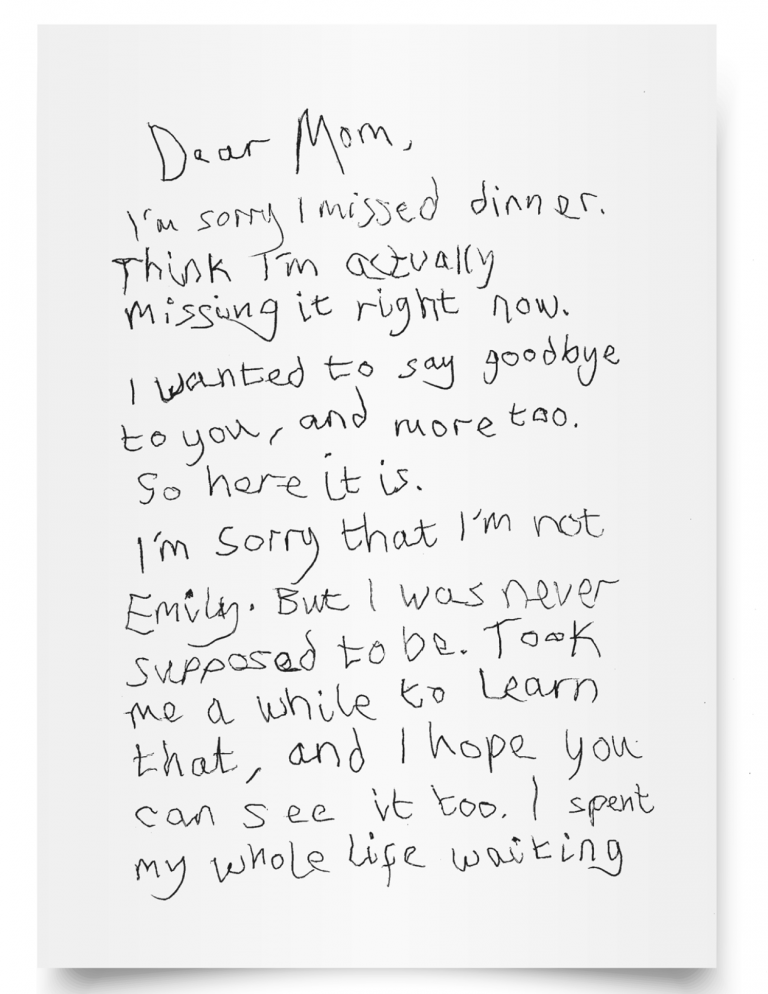
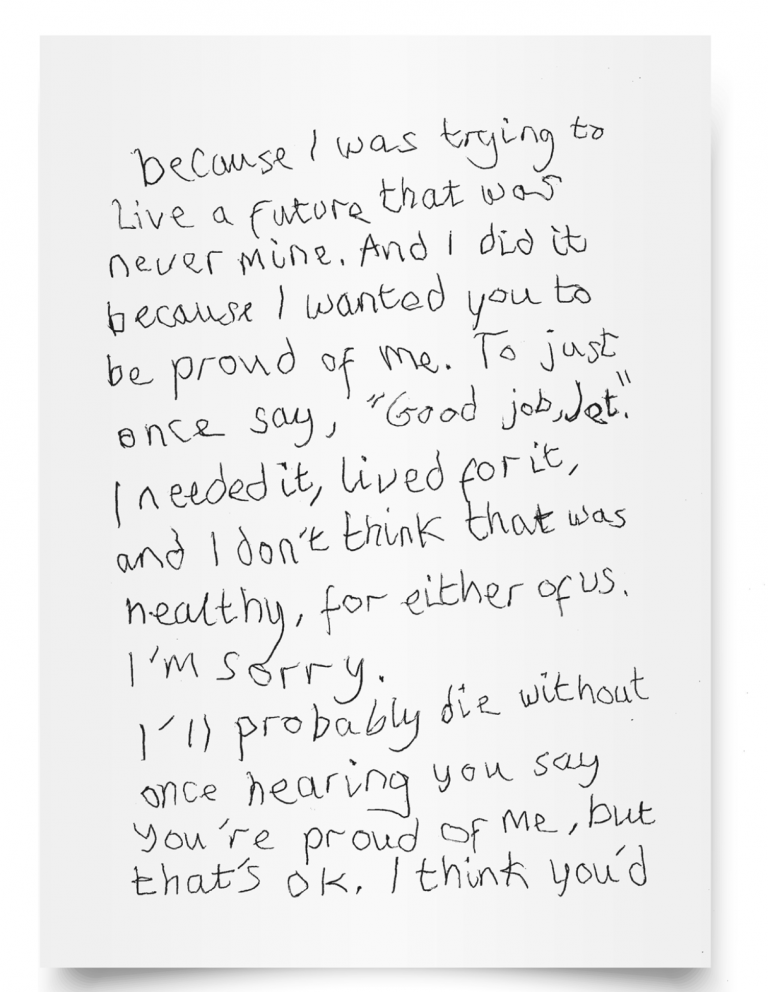



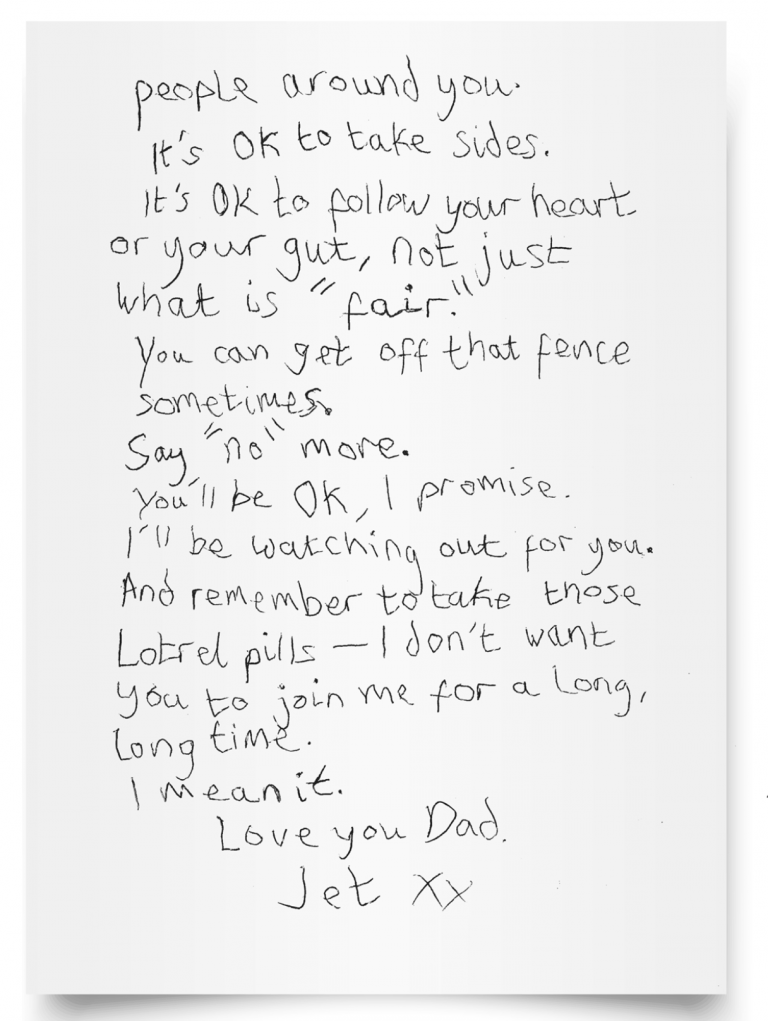


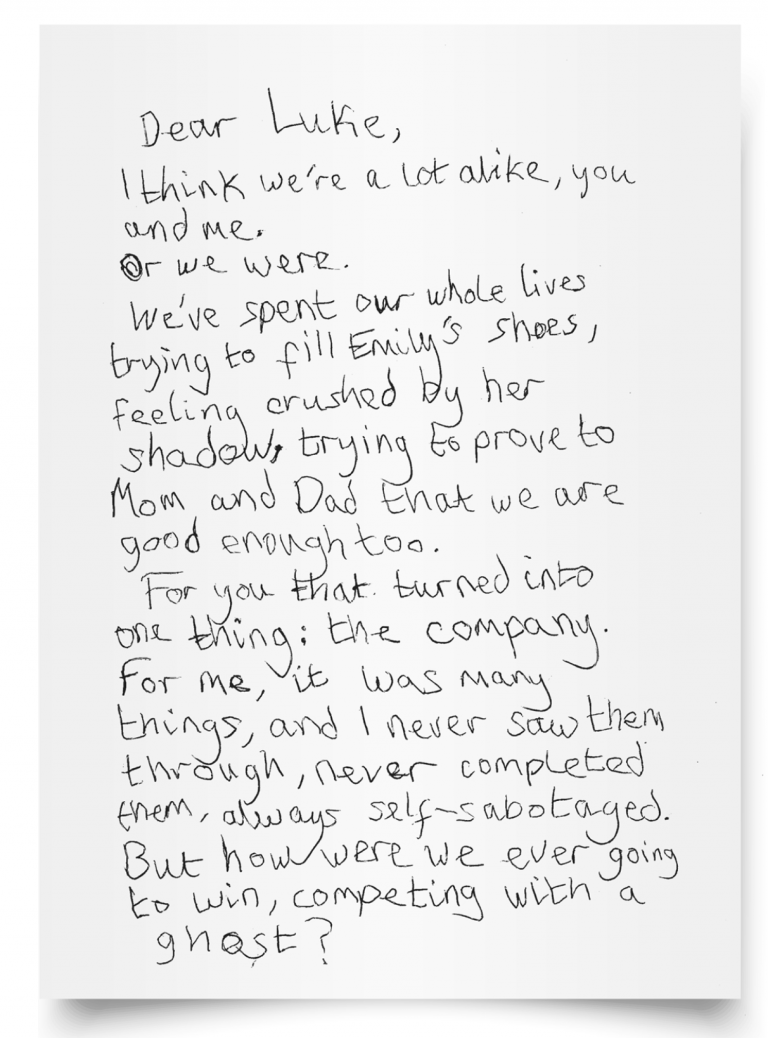


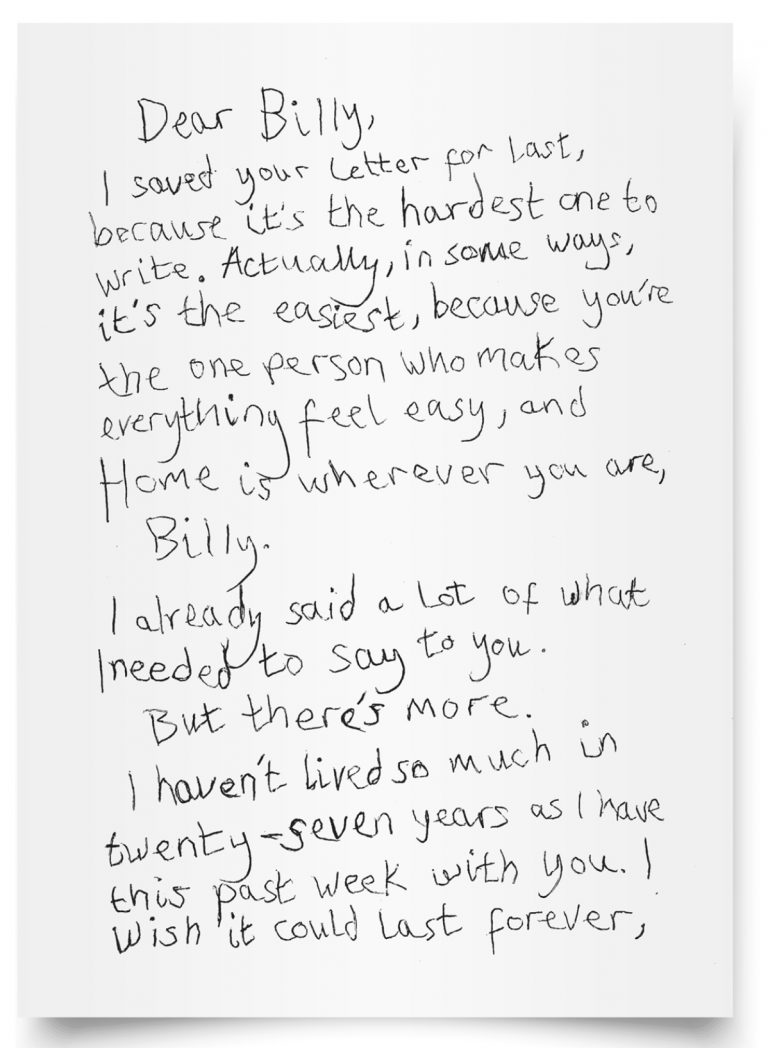

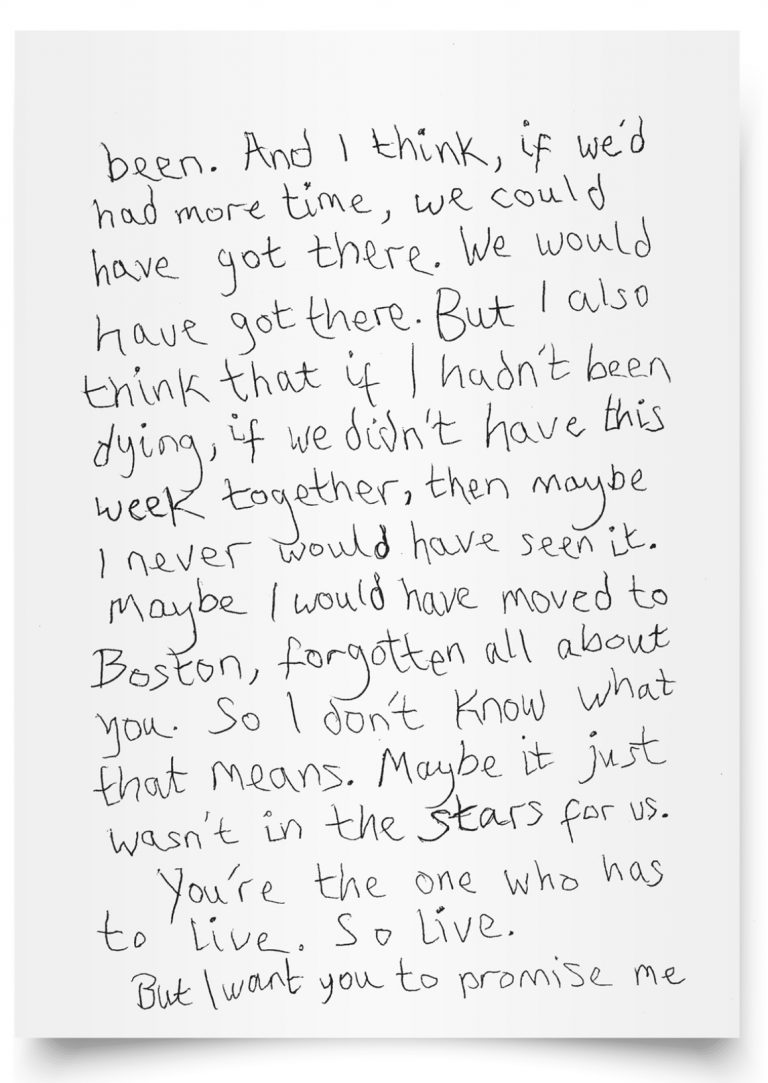
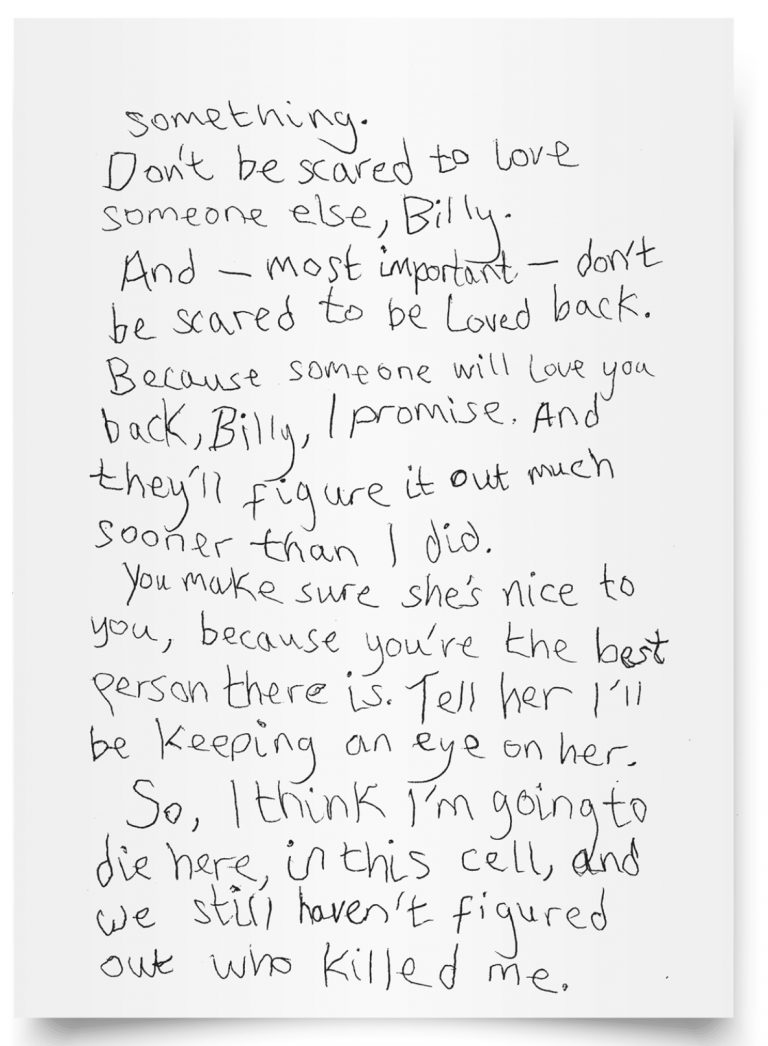



You May Also Like

The Housemaid
April 24, 2025
Someone Else’s Shoes
May 11, 2023










